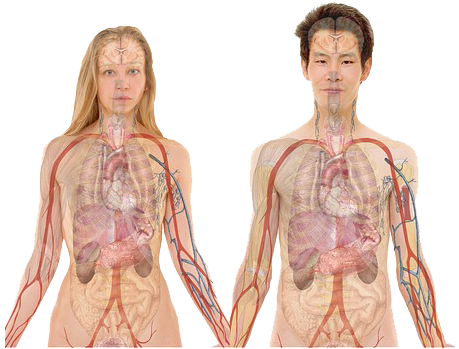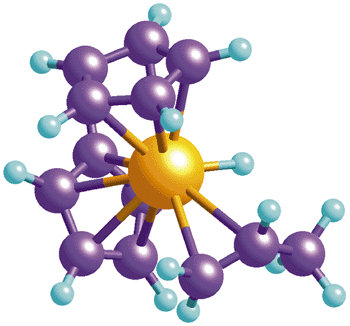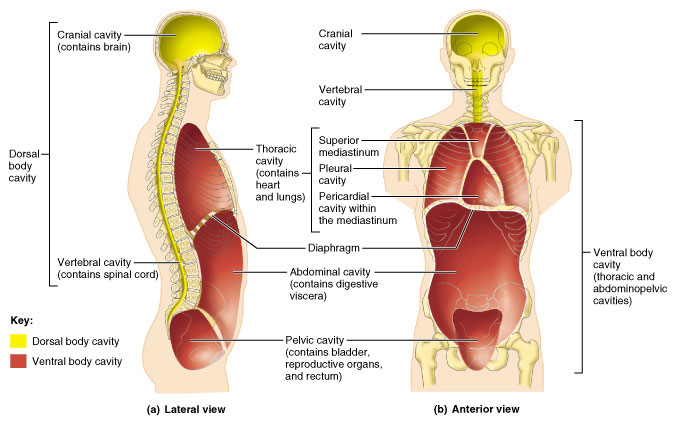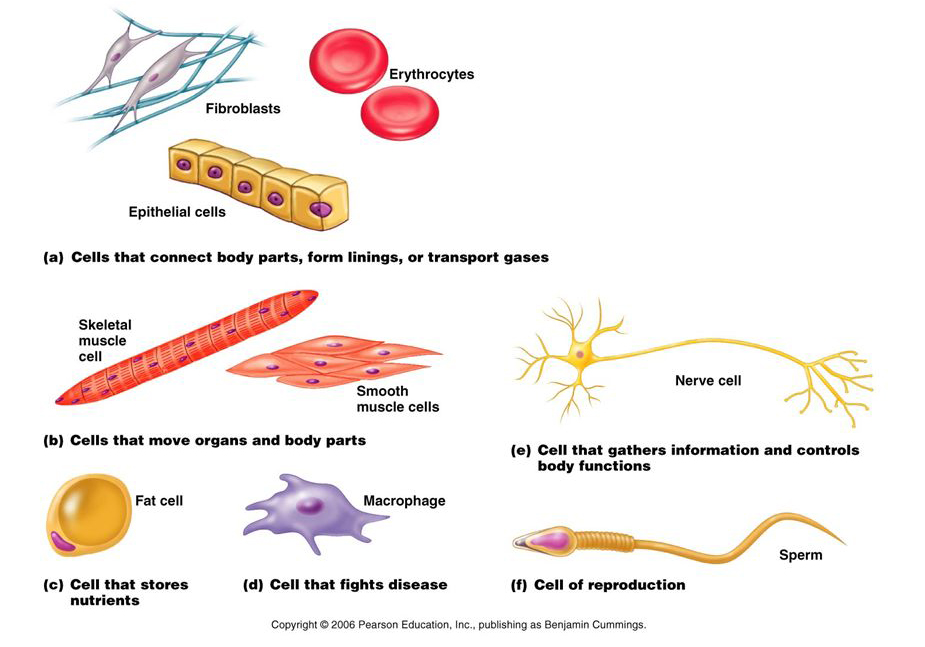Get Ready for Adult Nursing
Section outline
-
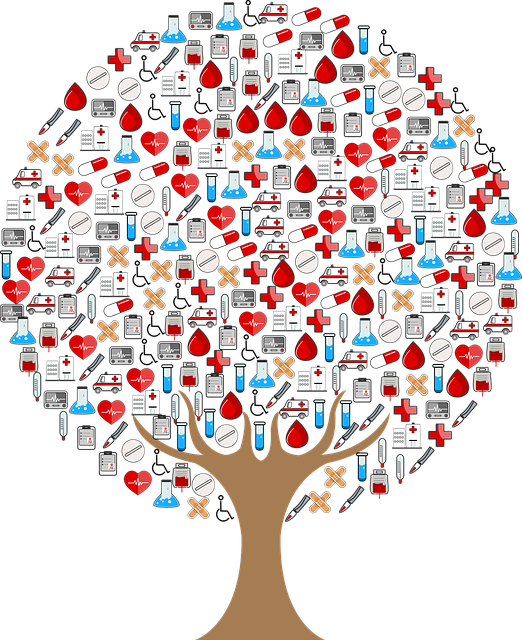 Welcome to the course
Welcome to the courseIt gives us great pleasure to welcome you to Solent University and to BSc (Hons) Adult Nursing.
The University has been working in partnership with NHS Trusts for over 5 years and the course has been developed in close collaboration to ensure the Nursing and Midwifery Council (NMC) academic and practice based standards are covered, delivered and met. You will be learning alongside colleagues and staff from different settings within health and social care for instance acute, community, primary and social care settings as well as from a range of professions including social work, allied health and public health. This provides an excellent opportunity to share, support and learn from each other in a truly inter-professional environment.
-
Welcome to Week 1
-
1.1 Professionalism
What do we mean about ‘being professional’?
Lets start by watching the Nursing Midwifery Council (NMC) video below on 'Enabling professionalism - challenging poor practice'.
Next take a look at material from Community Medical Center (CMC). Click on the buttons below to play two short clips.

Click to watch Defining professionalism (7.08)
Click to watch Professional qualities (0.25)
Once you have watched this check the box on the right
-
-
Welcome to Week 2
-
2.7 Labelling regional terms
Test your knowledge of regional terms in this drag and drop exercise. You will be asked to label the terms highlighted on the image below. Click here to get started.

-
Welcome to Week 3
-
Welcome to Week 4
-
Welcome to Week 5
-
Please watch the following video on how drugs interact with the body and answer the questions throughout
-
-
Read the Solent University Policy on Guidelines for student nurses on the management of medicines.
-
Write down 1 thing you are unsure of and post it on the group forum
-
Please complete the following quiz
If you get any questions wrong then watch the videos on the Queens University website and attempt more of the questions below the video until you have learnt the method.
-
5.6 Factors involved in medication error
-
-
Welcome to Week 6
-
 6.1 Topic of discussion
6.1 Topic of discussion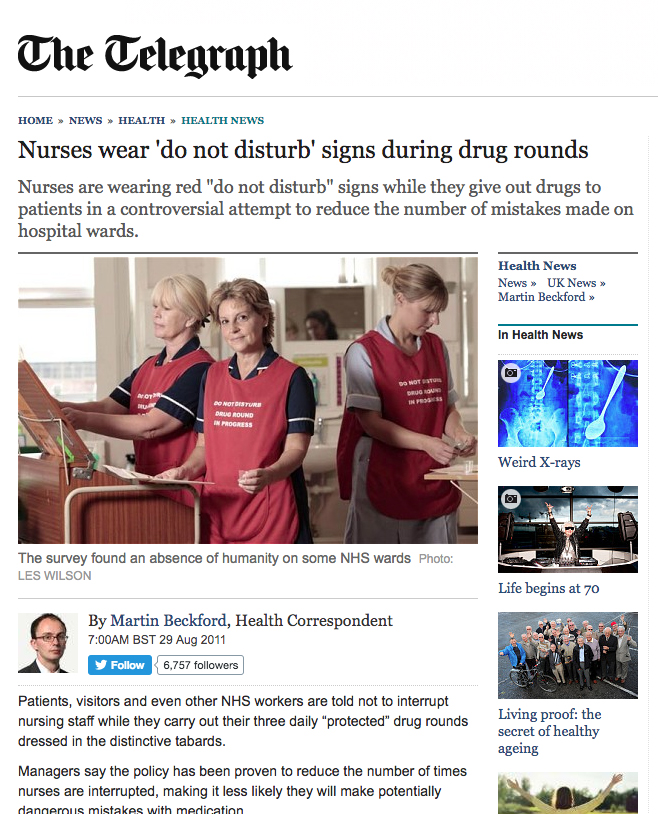
Consider this newspaper article 'Nurses wear 'do not disturb' signs during drug rounds' and then vote on whether you think this is a good idea.
Once you have made your vote, please give reasons for your answer using the forum. Perhaps you can think of another solution?
-
6.2 Using apps
The British National Formulary (BMF) have developed an app giving you access to practical, evidence-based medicines information wherever you are.

Using this app you can:
- Search or browse drugs
- View drug monographs
- Check drug interactions.
The app has been built for iOS and Android platforms and can be downloaded from the App Store or from Google Play. To find out more information, visit the BNF website.
-


